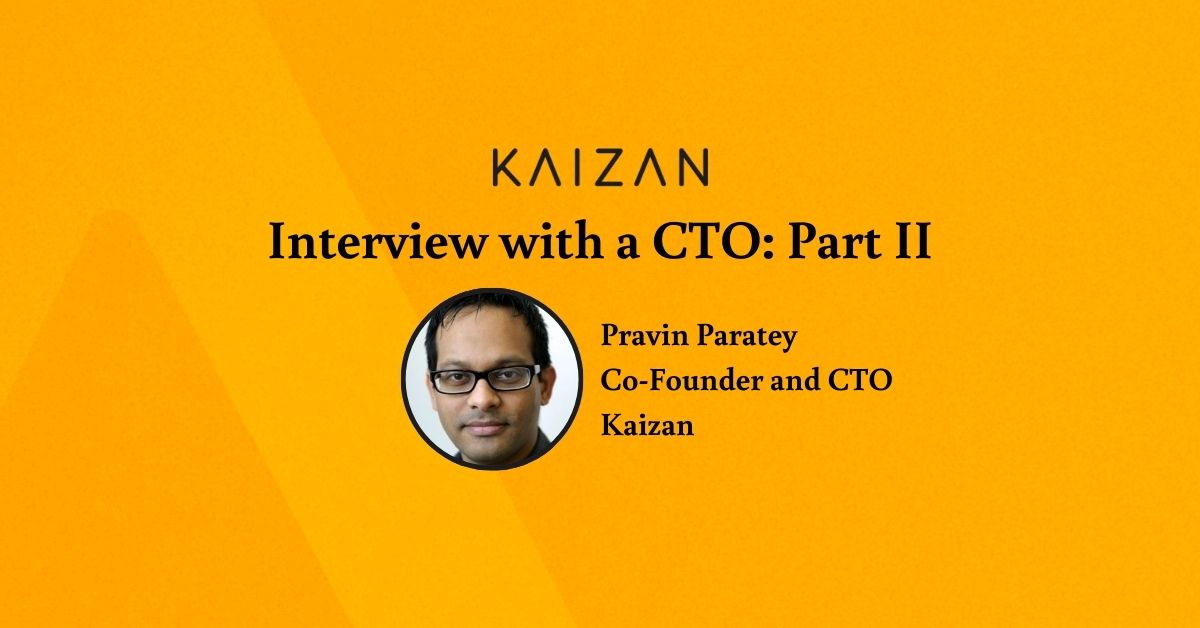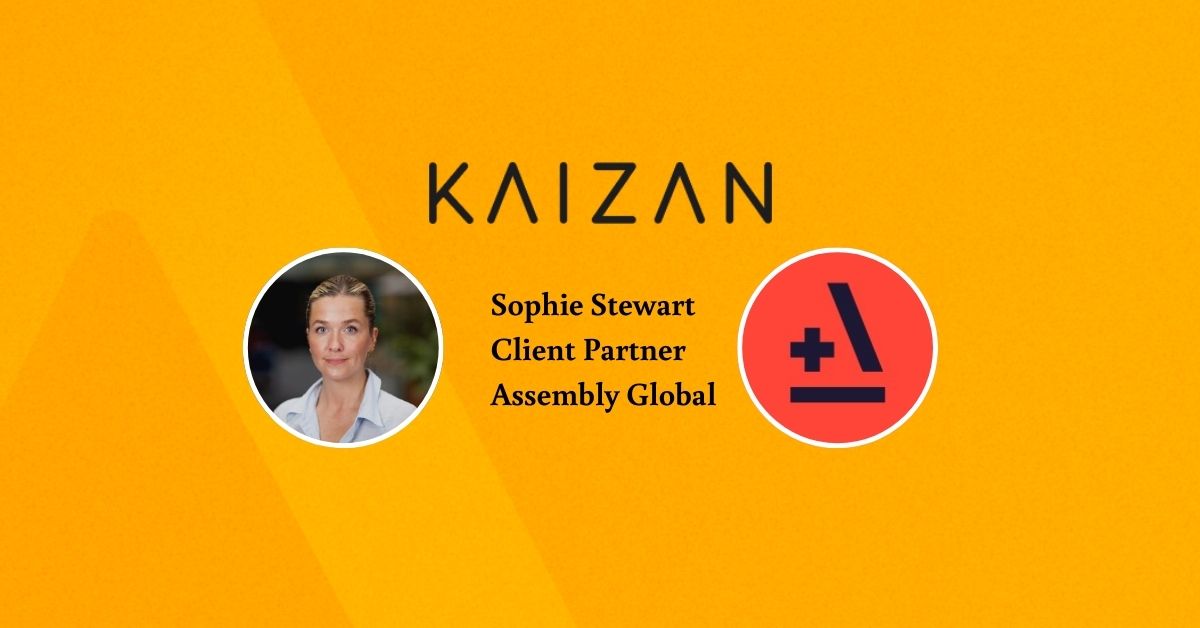Tips for CSMs to develop Active Listening Skills

Tips for CSMs to develop Active Listening Skills
Active listening is an approach to verbal communication that conveys mutual understanding, encourages open communication, and builds a closer connection. This makes it an important tool for Client Success managers (CSMs), as it makes the client feel more positive about you while helping you to learn more about them.
Because of this usefulness, it’s important for CSMs to develop active listening skills. This is a topic you could spend an eternity delving into, but that you can put to quick use by mastering these top tips for developing strong active listening skills…

Show That You Are Listening and Engaged
No one likes to think that they’re bad at listening, but the truth is that most of the time, we’re not paying full attention to what other people say. Either our minds are drifting or we’re planning what we want to say next.
The first step in active listening is to overcome this habit and to show the speaker that you’re engaged with what they’re saying. Fortunately, the habits that will send that signal also help you to tune in.
Start by opening up your body language. Don’t cross your arms or legs, as this makes you seem closed off and defensive. Turn your body toward the speaker to show that you’re paying attention. Nod your head and make open palm gestures with your hands, both of which encourage the other person to keep talking. Lean in toward the speaker, but not so far that you’re invading their space.
Facial expressions also matter. Smile whenever it’s appropriate to do so; this makes you seem approachable and cooperative. Respond with a fitting alternative when a smile doesn’t fit, and mirror their expressions to show that you’re on the same wavelength.
Even when you’re not talking, you can use small verbal cues to keep the conversation flowing. An “uhuh” or a “yes” shows the person that you’re listening and doesn’t interrupt their flow.
Use Discovery and Open-Ended Questions
The right sort of questions are important to active listening. They guide a client to explain their goals and requirements, allowing you to understand how you can best help them. There are two types of questions that are particularly useful here, with a lot of overlap between them: open-ended questions and discovery questions.
An open-ended question is defined in opposition to closed questions. If a question is closed, it calls for a limited response, such as a yes/no answer or a one-word response. For example, “how many people are on your team?” is a closed question. An open-ended question, on the other hand, calls for a longer response and gives the responder freedom to answer in a way that suits them. For example, you could ask “who’s on your team?”, which implicitly invites the other person to talk not just about numbers but roles, personalities, and anything else about the team that they’d like to discuss.
Open-ended questions grant the recipient permission to talk as they see fit. The response is more likely to reflect their own concerns and so to make them feel listened to. It’s also more likely to give you useful information because it will be longer and closer to the person’s interests.
As a CSM, you’ll also want to make use of a more specific style of questions: discovery questions. These are questions designed for the early stages of the sales process, used to learn more about potential clients and to identify how your products can best be pitched to them. Discovery questions are often open-ended, but not always. Even when they’re closed questions, their relevance to the client and your specific situation should help in developing a productive conversation. A quick internet search will lead you to many lists of discovery questions, from which you can pick the ones that suit you.
By using open-ended and discovery questions, you can get a client to open up about themselves and their needs, making them feel better about the conversation and leaving you better informed.
Clarify
While active listening is mostly about opening topics up, there is one specific situation where you want to limit possibilities, and that’s clarification.
Misunderstanding what someone means can lead to mistakes and complications later, but it can also get in the way of active listening. If you respond based on an incorrect understanding, or in vague terms to avoid giving away that you don’t understand, then you’ll show that you haven’t taken in what the client was saying. Asking someone to clarify a point, on the other hand, invites them to talk in more detail, shows that you were listening well enough to spot a gap in your mutual understanding, and demonstrates that you’re actively interested in the details of what they’re saying.
This can sometimes feel difficult. If the person talking hasn’t explained what a detail means, then you might fear that it’s common knowledge or the sort of thing that you ought to know, and that asking about it will display your ignorance. But the reality is that we all have different information, and most people aren’t going to judge you for filling a gap in your knowledge. You’re not embarrassing yourself with your ignorance but showing an ability to learn.
The other difficulty in asking for clarification is that it can feel like you’re challenging the other person when what you really want is to establish a collaborative atmosphere. If you’re worried about this then focus on keeping your tone calm and non-threatening. Emphasise that the question is about the limits of your understanding, not a problem with what they’re saying.
Whatever concerns you need to overcome, keep clarifying questions brief and clear. Resist the temptation to expand upon the point and trust the other person to understand what you’re asking, then sit back and let them talk. The improved clarity will help the conversation to flow.
Respond and Summarise
While quiet is important to active listening, you can’t sit there in silence. Though you want the other person to talk more, it’s going to feel awkward if they’re the only one speaking. Fortunately, there’s a technique for balancing this out while keeping the focus on the other person’s perspective, and that’s reflective listening.
Wait until there’s a suitable lull in the conversation, then ask if you can check your understanding. Once the client agrees, which they will, you should summarise what they’ve been telling you, saying it more briefly and in your own words.
This might not sound like it adds much to the conversation, but it’s a powerful act of communication. You’re showing that you’ve taken on board the other person’s meaning, that you can see things from their point of view, and that you have empathy for their position. This makes them feel heard and appreciated, and gives the conversation value for them.
The other advantage of this sort of summary is that it helps you to ensure you have understood them correctly. If you’ve understood something wrong, then the client can take the opportunity to correct you, making sure that you leave with the correct understanding. If they start frowning or shaking their head while you’re still talking, you can even take the opportunity to show that you’re still paying attention by stopping your summary and asking if there’s something you’ve got wrong.
Most of the time, the listening that you’ve done so far will ensure that you get this right. By returning the client’s meaning using your own words, you show that you’ve listened and encourage further communication.
Remove Distractions
To properly listen, it’s important to be fully present with your client and give them your focused attention. This means removing as many potential distractions from both of you as you can.
Switch your phone to silent before the conversation starts.
Switch off notifications on devices which may distract you.
If you’re on a call, close down your emails and other communication platforms, except for the one you’re using to talk to the client.
For face-to-face meetings, try to use a space where neither of you will be interrupted by colleagues, calls, or other clients. This might mean booking a meeting room or going to a neutral location such as a coffee shop.
If you’ve got a lot on your mind, then take a moment to clear your head before going into the meeting. Take a few deep, slow breaths, acknowledge your mental distractions, and let them go. If you practice mindfulness, then take a minute to ground yourself in this moment.
Mental distractions can be as much of a nuisance as sensory ones. Let all the distractions go and set up the conditions for a more productive conversation.
Show Empathy
All of this builds toward the one thing that active listening centres on: showing empathy.
You want to demonstrate to your client, both verbally and visually, that you fully understand their goals and challenges. Smile at the happy details. Frown at the painful ones. Seek clarification when it’s needed and reflect your client’s concerns using your own words.
Throughout all of this, do your best to understand how things seem from the client’s point of view. What are their goals? What are their needs? How do they view you and your organisation?
Anything you can do to demonstrate that understanding, both during the conversation and afterwards, will help to make the other person feel understood and heard. It will make them more receptive, more positive, and more ready to engage with you.
More than this, empathy will improve your approach to the client. By empathising with their position, you’ll understand it better. You’ll be able to better orient your services towards them, to better provide what they need, and to communicate with them throughout the client journey. Empathy improves your understanding not just of an individual client but of the world you’re moving through.
By practising active listening, you can grow your empathy, improve your understanding, gather valuable information, and foster better working relationships. For a client success manager, whose focus is on those relationships, it’s an approach that will make your work better on every level.



